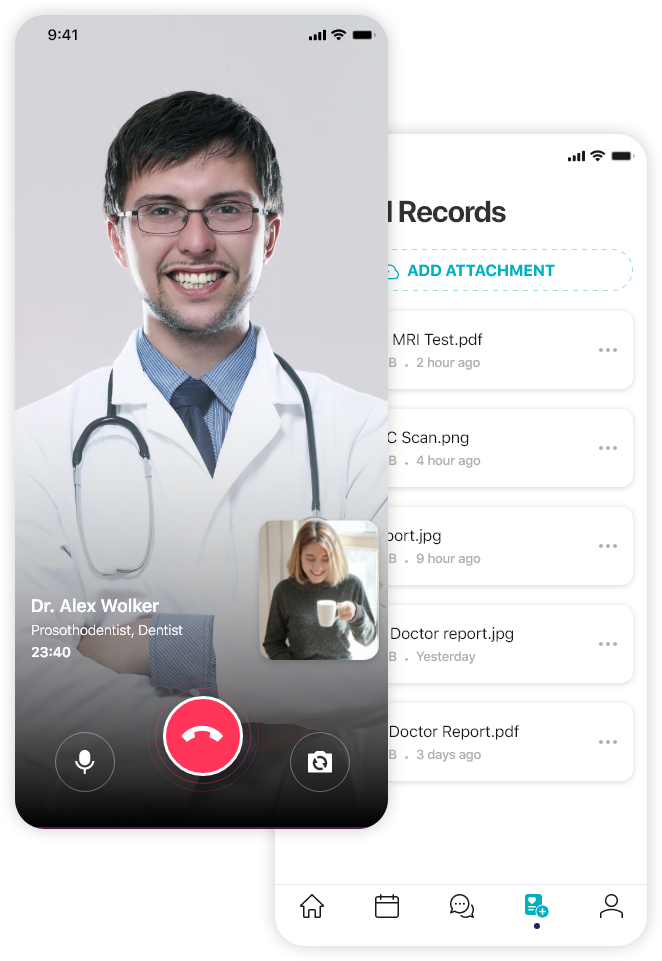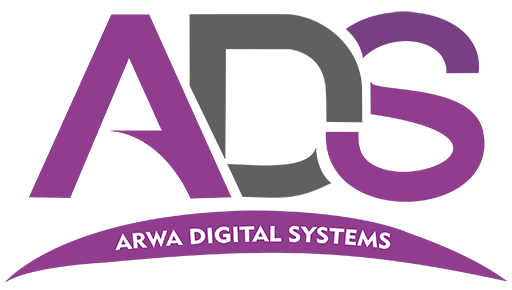Teleradiology alludes to the act of a radiologist deciphering clinical pictures while not truly present where the pictures are created. Medical clinics, versatile imaging organizations, pressing consideration offices and, surprisingly, a few private practices use teleradiology. The primary thought behind the utilization of teleradiology is that having a radiologist on location is costly. Typically the expense begins at about $1,500 each day. Then again, utilizing a teleradiology administration empowers you to pay on a for each test premise, and here and there the expense is essentially as low as $8 per test. For offices requiring all day, every day administrations, or those that have a little volume of radiology patients, it can give an immense reserve funds.
Patient consideration is improved by teleradiology by making it feasible for radiologists to offer their types of assistance without waiting be in a similar area as the patient. That is particularly significant at whatever point a sub-expert like an outer muscle radiologist, pediatric radiologist, neuroradiologist or MRI radiologist is required, considering that typically these experts work in huge metropolitan regions during day hours. In any case, teleradiology makes it conceivable to approach prepared experts on an all day, every day premise.
To characterize the exact thing teleradiology is, a decent spot to begin is characterizing the word radiology first. Radiology is a kind of imaging method that doctors use for taking pictures of the inward piece of the body. This is typically finished either treatment or conclusion. Ultrasounds, MRIs and x-beams are models.
Presently we can add the prefix “tele” onto radiology. Ponder “phone,” which alludes to a gadget that permits you to call someone who is in an alternate area. When applied to teleradiology, it implies the pictures are shipped off an alternate area. The pictures alongside the investigations performed on the pictures get shipped off specialists or specialists who are in an unexpected area in comparison to where these pictures are taken.
Up until as of late, teleradiology was just utilized in crises. Obviously, with the presentation of the web, this training began to spread extremely quick. It is as simple to send pictures for what it’s worth to send messages that have connections. There are presently PC programs that are devoted explicitly to the transmission of radiological pictures. These improvements result in teleradiology transforming into a huge clinical practice, and it keeps on filling in significance.
A specialist might need to utilize teleradiology to team up and talk with different specialists who are in different areas that he will be unable to without the innovation. It assists with analysis, and regularly assists with hearing a second point of view and help with side effect control. Ordinarily, it very well may be the principal assessment since there probably won’t be a radiologist accessible in the medical clinic.
One normal situation that frequently happens is a patient coming into the trauma center. Be that as it may, more modest clinics might utilize only one radiologist. Teleradiology makes it possiblefor the pictures that the ER groups takes to be inspected by a radiologist situated in an alternate area. This is especially valuable in provincial regions.

What is truly extraordinary about teleradiology is that a prepared radiologist can peruse specific pictures and make life-saving disclosures. On the off chance that an undeveloped eye sees the pictures this isn’t generally so. A ultrasound that shows a dangerous development probably won’t make a difference to an undeveloped eye. In any case, it could demonstrate disease to a prepared radiologist. Teleradiology is the distinction between a patient getting the treatment the individual requirements, or leaving the medical clinic without seeking a therapy plan.
This generally sounds fine, and sometimes it very well may life save. Notwithstanding, similar to all the other things, the training can have some disadvantages to it. There is just such a lot of a radiologist can do with pictures. Normally the specialist will circle back to methodology. With teleradiology, be that as it may, the radiologist just gets pictures and there is certifiably not a patient to play out any extra tests on. That implies the specialist should transfer his data to the specialists that are nearby. That can prompt miscommunication and disarray.
One more clear downside to teleradiology is that it is reliant upon innovation. Teleradiology is difficult to manage without innovation. For instance, assuming that the web is down at the medical clinic, teleradiology won’t be imaginable to utilize. This could bring about a deferral in finding and treatment.
History of Teleradiology
Teleradiology has a past filled with close to 50 years now, and has been powerful in shaping the whole telemedicine industry. Conveying using wire transmission was first created for the phone right around 150 quite a while back. Since that time, a similar method has been applied and been instrumental in telemedicine’s development, which is the act of utilizing specialists that are not in a similar spot as the patient. During the 1930s, the sea liner the Queen Mary involved the marine radiotelephone on the boat with the end goal of clinical discussion. A specialist on board would send data to outer hotspots for discussion, and afterward act as an expert for people on different boats who required clinical consideration.
During the 1960s and 1970s, there was broad trial and error and exploration led to work on the strategies of transmission TV and shut circuit for sending clinical pictures that had been caught by x-beams. By and large, the pictures related to pathology, dermatology and radiology. There was another leading edge when Dr. Kenneth Bird from Boston’s Massachusetts General Hospital had the option to have an intelligent TV framework introduced that associated Logan Airport with the clinic and could be utilized for furnishing voyagers with clinical consideration.
There was a comparative case at Walter Redd General Hospital situated in Washington D.C. where a connection was laid out between the trauma center and radiology division through a shut circuit TV. In the good ‘ol days, notwithstanding, the transmission interaction was genuinely drawn-out, since you could share each picture in turn, and the goal and difference was bad quality, implying that the framework truly was more a show than it was a pragmatic instrument for the medical clinic. In these early long periods of telehealth, high support and activity costs drove most medical services habitats to dismiss teleradiology.
Teleradiology during the mid 1980s existed essentially as actual film duplicates that were sent to the radiologist. Then, at that point, he would record a report on a tape. This would then be sent to the first office so it very well may be deciphered into the type of a paper report. These examinations’ time required to circle back would require days and in some cases even weeks. For routine examinations that would work, yet that time period won’t cut it in crisis circumstances.
Albeit a few modalities (X-beam machines, MRIs, CTs) delivered films or computerized pictures that could be filtered into an advanced picture, showing the advanced duplicates on machines made by different makers was extremely challenging. The National Electrical Manufacturers Association and American College of Radiology in 1983 combined efforts and made an open norm for clinical pictures to be carefully put away. The ACR/NEMA 300 standard had a few impediments and issues that didn’t prompt makers taking on it comprehensively.
A second form of this standard got delivered in 1988. It is typically called ACR/NEMA V2.0. With this form, the pictures were communicated through utilizing a devoted 2 link (the EIA-485). The standard was acknowledged all the more broadly, with the standard being support by organizations like 3M, Vortech (which is presently Kodak), Siemens Medical Systems, Merge Technologies, General Electric Medical Systems and DeJarnette Research Systems.
The third form of this standard got delivered in 1993, and was called DICOM. Standard organization support got added with this release, which at last made teleradiology truly conceivable.
The American College of Radiology in 1994 distributed its first teleradiology standard. The ACR recommend that licensure ought to be kept up with by radiologists who gave understandings, at both getting and starting destinations, and furthermore have clinic accreditations. A significant stage in the act of teleradiology becoming legitimized was acquiring ACR acknowledgment.
During the last part of the 1990s, there were a few simply teleradiology organizations that had been laid out and were turning out to find actual success. Radlinx, Nighthawk and vRad were a portion of the field’s initial trailblazers. Nighthawk is a particularly fascinating case since it was the principal organization that had radiologists in Australia and Europe to amplify on the time region contrasts with the U.S. A specialist in Australia working in the early evening could cover a third shift in the U.S.
The following genuine change that occurred in teleradiology curiously enough came in 2010 when Nighthawk and vRad consolidated. The consolidation brought about various radiologists expecting to search for work. Some of them began working for various teleradiology organizations. Others began their own personal teleradiology organizations by exploiting ongoing distributed computing progresses. A few radiologists did both.
Radiologist as free specialists made the market extremely intriguing. A larger part of teleradiologists take care of their responsibilities from home and work for quite a long time teleradiology organizations. Costs for the product required for teleradiology administrations has dropped, which makes it more reasonable for individuals.
The present teleradiology market has many organizations that are in rivalry with each other for clients, as well as project worker radiologists for doing the readings for the patients. It could change your training fundamentally assuming that you’ve needed admittance to radiology administrations!


